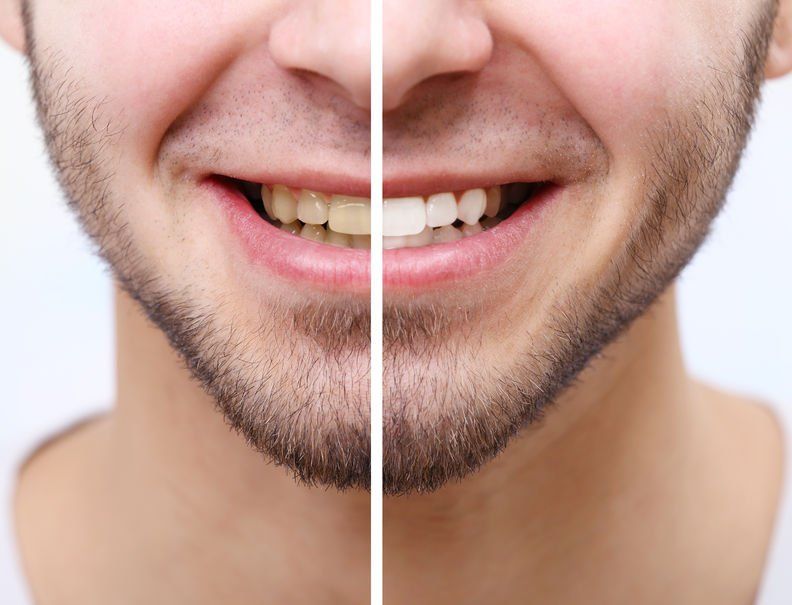The Most Common Causes of Yellow Teeth
- By Mary Marks
- •
- 29 Aug, 2018
- •

Our once pearly whites tend to become less white as we age – it is a common sign experienced by most of us as we become older.Wonderful sedation dentistry Denver offers can help alleviate anxiety so you can have your teeth and gums thoroughly cleanedonce a year. However, some lifestyle changes, especially when our diet is concerned, are beneficial for the color of our teeth as well – here are the most common causes of yellow teeth, so that you can see for yourself what changes you can implement in your life:
- The consumption of certain foods and beverages – the number of the invisibly thin cracks on the enamel of our teeth multiplies with age and the colorants that we ingest when we consume colored foods and beverages, such as sodas, coffee, tea, red wine, chocolate, grapes or berries become trapped in those tiny cracks, making teeth look yellow;
- Smoking – tobacco use, either by smoking it or by chewing it, is among the most common causes of yellow teeth;
- Medications – antibiotics, antihistamines, certain drugs prescribed for mental illnesses and for high blood pressure can all stain the teeth;
- Poor dental hygiene – inadequate tooth brushing, flossing and rinsing can leave colorant residues on the surface of the teeth, discoloring the enamel;
- Trauma – a fall or a blow to the mouth or to the jaw can also cause teeth to become discolored.





Although oral sedation dentistry Highlands Ranch is one of the optionsavailable for managing anxiety and discomfort during oral surgery, you certainly do not need to use it all the time. As a matter of fact, the exact type of sedation or anesthesia that you receive during oral procedures may depend on various factors, such as the complexity of the procedure, your medical problems, as well as your doctor’s preferences.
There can be several different levels of sedation that can be used in oral surgery. Local anesthesia is one of them. This involves injecting anesthetic medication into the specific area where the surgery will take place. It numbs the area and is often used for less invasive procedures.
Oral sedation involves taking medication in the form of a pill to induce a state of relaxation and drowsiness. The patient is still conscious, but he/she may not be fully aware of the procedure. At any rate, sedation helps him/her get rid of anxiety.
In the case of intravenous sedation, medication is administered through a vein, which induces a deeper state of sedation than oral sedation. Patients may still be conscious, but they are less aware of their surroundings and may not remember the procedure.





